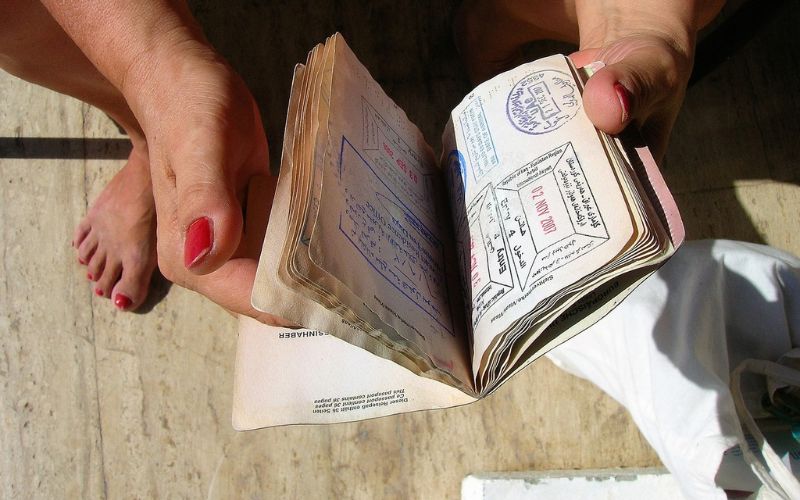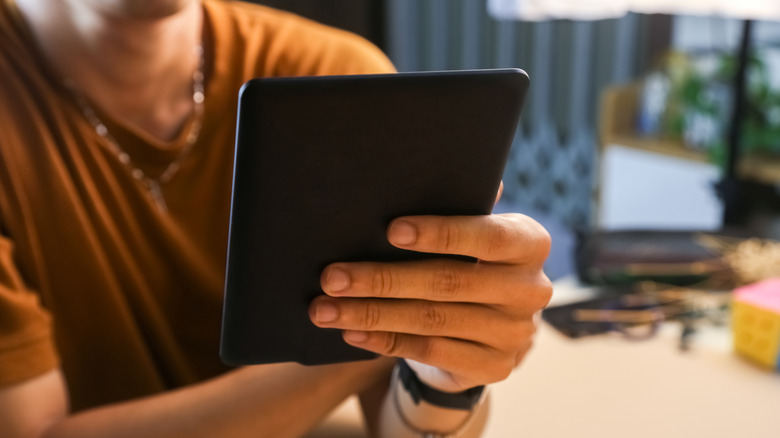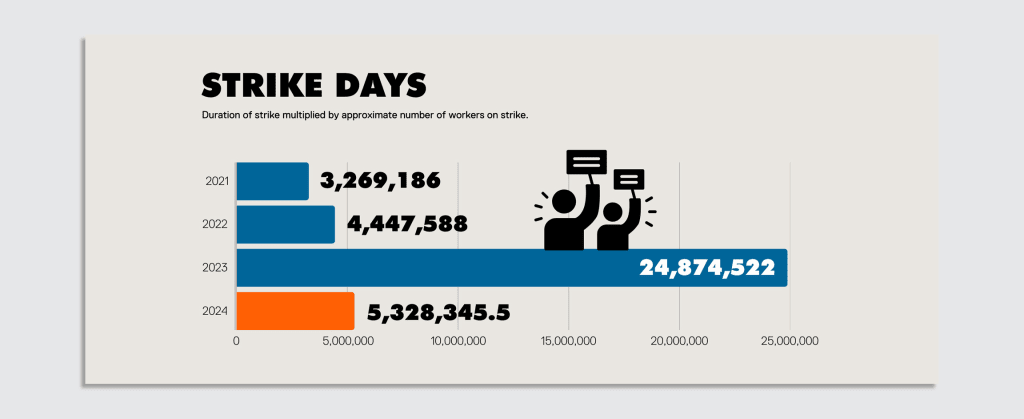Getting Started: About Seoul The first historical records for Seoul date from the 1st century BCE; the area where the city now stands served as an administrative center for the Baekje Kingdom and then as the capital of the...

Getting Started: About Seoul
 Gyeongbokgung Palace, Seoul.
Gyeongbokgung Palace, Seoul.
The first historical records for Seoul date from the 1st century BCE; the area where the city now stands served as an administrative center for the Baekje Kingdom and then as the capital of the Great Joseon Dynasty starting from the 14th century CE. In more recent history, Seoul became the official name of the capital of South Korea after that nation’s establishment in 1948. Although it sustained great damage during the Korean War in the mid-1950s, Seoul recovered and grew rapidly and is now considered one of the world’s major capitals.
Places to visit in Seoul
 Seoul, the capital of South Korea.
Seoul, the capital of South Korea.
Seoul, one of the most visited cities in Asia, is waiting for you with its places to visit and unique culture. If you don’t have limited time for Seoul, or if you are curious about the must-see places in the city, stay with us! s a total area of 605.25 km².
Gyeongbokgung Palace
Erected in 1395, Gyeongbokgung Palace is one of the top historical places to visit in Seoul. Known as the Northern Palace – and the first palace built by the Joseon Dynasty – it was the largest of five palaces built around the same time. Destroyed in a fire, the palace buildings were later restored under the reign of King Gojong, who ruled from 1852 to 1919. The structures are considered stellar representation of Joseon architecture. In addition to landscaped gardens and sculptures, the National Palace Museum of Korea and the National Folk Museum are housed within the Gyeongbokgung Palace complex.
Bongeunsa Temple
 Bongeunsa Temple, Seoul.
Bongeunsa Temple, Seoul.
Next on our list of places to visit in Seoul is the landmark Bongeunsa Temple. With a history of nearly 1,200 years, the temple is considered the city’s oldest religious structure and houses 3,479 Buddhist scriptures.
Namdaemun Market
For a truly extraordinary shopping experience, you can add Namdaemun Market to your list of places to visit in Seoul. The traditional market features more than ten thousand sellers and wholesalers offering a wide range of products – from food and groceries to plants and from accessories to souvenirs. It is considered acceptable to bargain. After visiting Namdaemun Market, you can proceed to the nearby Myeongdong Night Market to sample some of the delicious street fare!
Changdeokgung Palace
Adjacent to Gyeongbokgung Palace is the Changdeokgung Palace Complex. Now a UNESCO World Heritage Site, it served as a secondary palace to Gyeongbokgung until the late 16th century. A notable feature of the complex, which houses extensive gardens as well as official and residential buildings, is that it was designed in harmony with its natural surroundings.
Lotte World and Lotte World Tower
Lotte World promises an unforgettable experience. One of the top-ranked places to visit in Seoul, this sprawling entertainment complex includes the world’s largest theme park, Magic Island, as well as a museum and countless other entertainment options for children and adults.
Also popular among tourists is the 555-meter-tall Lotte World Tower, currently South Korea’s tallest building and ranked among the world’s top five tallest buildings. In addition to its striking architectural design, the Lotte World Tower features a luxury hotel, upscale shops and restaurants, and a museum, as well as an aquarium, a concert hall and a state-of-the-art cinema. The top floors of the Lotte World Tower house observation decks, as well as cafes and a lounge.
Gangnam District
 Gangnam District, Seoul.
Gangnam District, Seoul.
On the south side of the Hangang River lies the Gangnam district, made famous by the eponymous song by K-Pop sensation Psy. Seoul’s third-largest district, affluent Gangnam is home to modern skyscrapers and sleek villas and trendy nightclubs, restaurants and shops. In addition, the COEX Convention & Exhibition Center – World Trade Center Seoul complex is in the Gangnam district.
Bukchon Hanok Village
Set between the Gyeongbokgung and Changdeokgung palace complexes, Bukchon Hanok Village is a residential area featuring stellar examples of traditional Korean houses. The Bukchon Traditional Cultural Center provides information on the traditional architecture, as well as Bukchon’s history and values. There’s also a gallery that features workshops and exhibitions by local artists. Keep in mind that the area is closed to visitors after 5 pm and before ten o’clock in the morning. For more information, you can click here.
National Museum of Korea
The splendid National Museum of Korea is certainly worth a visit. One of the most visited museums in the world, the National Museum has a collection of more than 300,000 works and exhibits covering archaeology, art and history. In addition, the National Museum of Korea hosts various events and performances.
War Memorial of Korea
A 20-minute bus ride from the National Museum of Korea is the War Memorial of Korea. Established to remember the Korean War of 1950-1953, the museum’s collection includes more than 10,000 artifacts. The complex encompasses six exhibition halls, a combat experience room, a screening room and an outdoor exhibition area with memorial statues, as well as you can also visit gardens, a lake and a waterfall around the memorial.
Dining in Seoul
 Kimbap, one of Seoul’s famous dishes.
Kimbap, one of Seoul’s famous dishes.
Highlighting various fermented and preserved foods, the flavorful Korean cuisine is based primarily on rice, vegetables, meat and seafood. Some of the most well-known dishes include the following.
Kimbap – Korean-style sushi rolls Kimchi – refers to fermented vegetable dishes, usually including napa cabbage, radishes and, sometimes seafood. There’s a wide array of kimchi types and they are usually served as accompaniments to a main dish. Galbi – grilled beef short ribs Bibimbap – sauteed spiced vegetables served over warm rice, accompanied by gochujang (chili pepper paste), a fried egg and sliced meat is added. Bulgogi – thinly sliced marinated meat grilled or stir fried. Jeon – a pancake-like fritter that can include seafood, meat, egg and/or vegetables. Hotteok – a sweet, fluffy pancake Mandu – Korean style dumplings Tteokbokki – cylinder-shaped rice cakes, usually with a spicy sauce Korean barbeque – refers to a style of dining in which various meats and vegetables are brought raw to the table and cooked on tabletop grills.More information on Seoul
 Gyeongbokgung Palace, Seoul.
Gyeongbokgung Palace, Seoul.
If you’re ready to fly to Seoul, click here to investigate Seoul flight tickets!
Staying in Seoul
Seoul offers a range of accommodations across the city. The Jongno neighborhood is ideal for easy access to the city’s historical points, while Itaewon is known for entertainment. The Sinchon-Hongdae area often offers more affordable accommodations. You can also organize your holiday faster with budget-friendly options from the Turkish Airlines Holiday vacation packages.
Getting around Seoul
Seoul has a robust public transportation system that includes an extensive subway and bus network. Yellow and green buses serve different purposes: Yellow buses mainly traverse touristic areas, while green buses serve residential areas. If you plan to use public transportation, you can purchase a T-Money card.
Transportation from Incheon International Airport to the city center
Buses, trains and express trains operate between Incheon International Airport – South Korea’s largest airport – to the city center. Express trains take around 45 minutes and are the fastest way to reach the city center; local trains can take up to 60 minutes while buses can take up to 70-80 minutes.
Airport taxis are available 24 hours but, of course, are more expensive than public transportation.
We wish you a pleasant trip!











